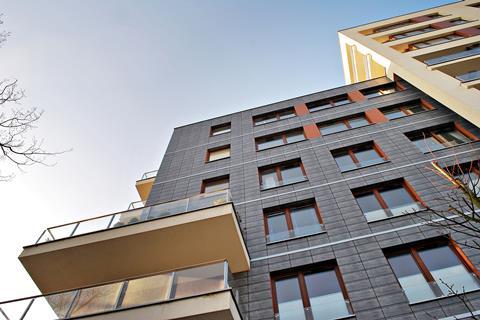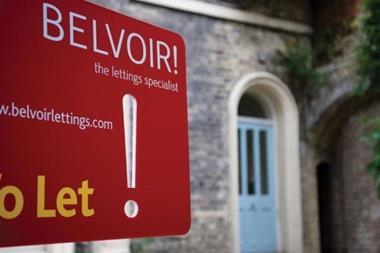Editor: The latest rental index from Zoopla shows a two-speed rental market emerging in the UK. Outside London, annual rental growth to the end of Q2 2020 was up 2.2%, while in London rents fell 1.4% year on year.

Covid-19 has had an impact on the market in London, and our data shows a notable impact on the supply side. This is in no small part because landlords of short-let properties (including holiday lets) moved into the long-let market during lockdown.
This change was due to the gloomy shorter-term outlook for tourism and resulted in a one-off shift of existing properties into the long-let market, especially in the tourist hotspots of central London.
Disrupted commuting patterns are also having an impact on the rental market, especially in inner London.
As a result of these changes, renters have more choice in the market, putting downward pressure on rents in central areas.
As investors will know, however, the London market is not one-size-fits-all. Our data shows that demand is still outstripping supply in the rental market in many outer London boroughs, underpinning rents in these localities.
This picture is also replicated outside the capital, with the supply-demand mismatch pushing rents up in many areas, led by Bristol with 4.6% growth and Leeds with a 3.5% annual rise in rents in the year to June.
However, the data also highlights that this supply-demand gap is narrowing. This means UK rental growth could slow during the rest of this year – we expect rental growth outside London to slow from 2.2% to 1% by the end of the year.
The strong link between rental growth and earnings growth also indicates that the economic performance of the UK, especially the scale of the rise in unemployment, will determine the path of rents in 2021.
Grainne Gilmore, head of research, Zoopla





























![Hilti[82]](https://d2bq2usf2vwncx.cloudfront.net/Pictures/380x253/9/0/6/1884906_hilti82_601642.jpg)
No comments yet